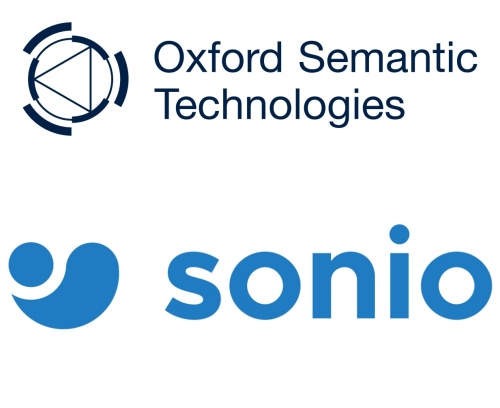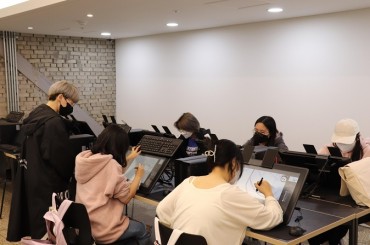SEOUL, Jul. 22 (Korea Bizwire) – Samsung Electronics, the South Korean tech giant, is revving up its merger and acquisition (M&A) engine, with a particular focus on artificial intelligence (AI) technologies.
The company’s recent moves have ignited speculation about its next big deal and future direction in the rapidly evolving AI landscape.
On July 16, Samsung announced the acquisition of Oxford Semantic Technologies (OST), a British startup renowned for its world-class “knowledge graph” technology.
This marks the first M&A led by Samsung Research, the company’s advanced R&D hub. The goal is to leverage OST’s expertise to deliver personalized AI experiences by combining it with on-device AI capabilities.
Mathieu Apotheker, an executive in Samsung’s corporate strategy office who played a key role in the acquisition, described the move as “completely rational and strategic” on social media.
He emphasized that OST’s knowledge graph technology would make interactions with Samsung devices “more powerful, personal, and contextual.”
Samsung plans to integrate OST’s technology with its on-device AI, which has been a focal point since the Galaxy S24 smartphone.
This integration aims to provide hyper-personalized experiences while ensuring sensitive personal information remains protected within the device.
The company intends to expand this technology beyond mobile products to TVs and home appliances.
This isn’t Samsung’s first foray into AI-related acquisitions.
In May, Samsung Medison, a subsidiary, signed an agreement to acquire Sonio, a French AI startup specializing in obstetric ultrasound diagnostic reporting technology.
The move is part of Samsung’s strategy to secure top AI talent in Europe and enhance its medical AI solutions.
More recently, Samsung participated as a strategic investor in Element Biosciences, a U.S.-based DNA analysis equipment company.
This investment, part of a $277 million Series D funding round, signals Samsung’s intent to explore new business opportunities in digital health by combining its AI capabilities with Element’s DNA analysis technology.
These developments have reignited market expectations for Samsung’s M&A activities, which have been relatively quiet for seven years.
The company’s last major acquisition was Harman, an automotive and audio equipment maker, in 2017.
Harman has since become a significant contributor to Samsung’s bottom line, generating over 1 trillion won in annual operating profit.
While the recent acquisitions and investments are not in the multi-billion dollar range, they represent a proactive approach to securing critical AI technologies.
Industry observers note that these moves could be precursors to a larger, more significant acquisition in the near future.
Han Jong-hee, Vice Chairman and CEO of Samsung Electronics, has repeatedly hinted at the possibility of major M&As in various public forums.
At CES 2024 in January, he expressed hope that plans for a large-scale M&A to maintain Samsung’s leadership would materialize this year.
As for potential M&A targets, industry speculation centers around companies in automotive electronics, robotics, and telecommunications.
Earlier this year, there were rumors about Samsung possibly acquiring parts of Continental’s automotive division or increasing its stake in Rainbow Robotics, a robotics specialist.
Kevin Lee (kevinlee@koreabizwire.com)








